This is the final scene from the Hogartha series “Elections”, representing a sharp satire on British politicians in general, although the pictures of the series described a very specific event
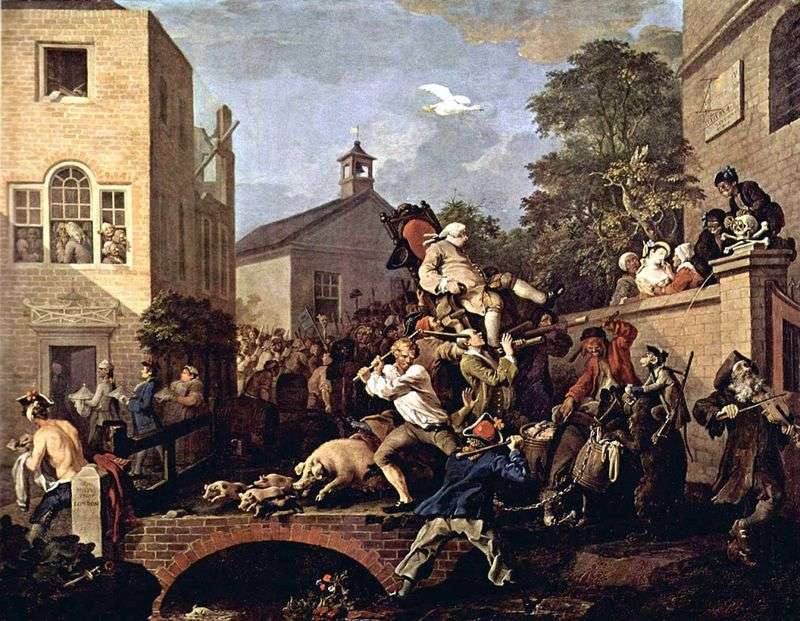
Hogarth William

This is the final scene from the Hogartha series “Elections”, representing a sharp satire on British politicians in general, although the pictures of the series described a very specific event
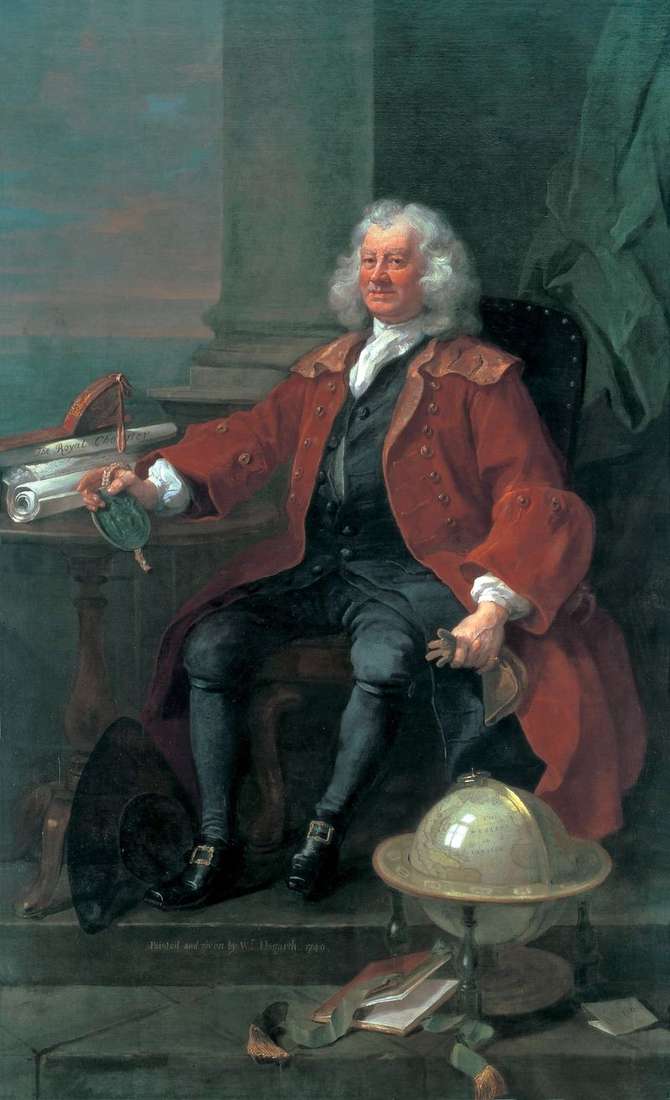
Hogarth created and traditional portraits, showing an excellent technique and a subtle understanding of the psychology of models. He allowed them to parade when posing the best qualities. The artist
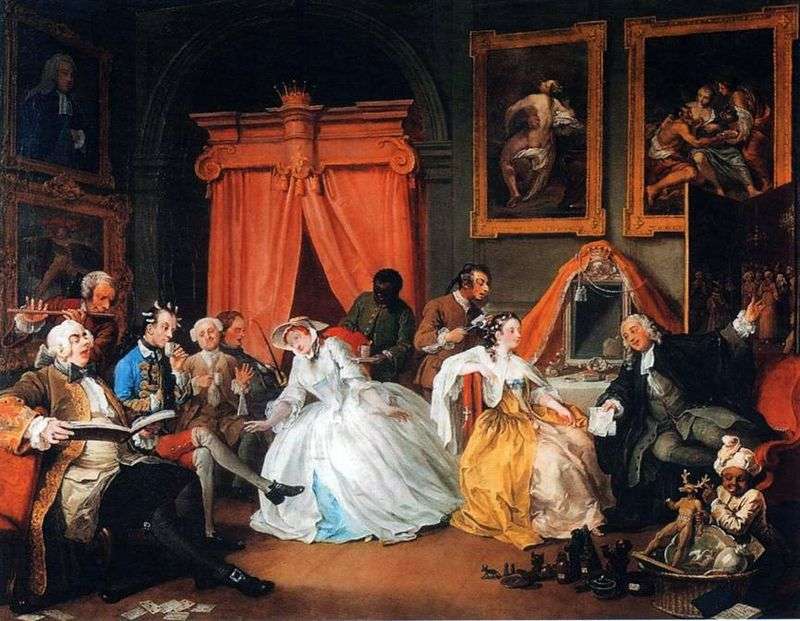
The presented masterpiece of Hogarth – the fourth picture of six, included in the series “Fashionable marriage”, where the artist explores modern mores by the example of marriage of convenience,
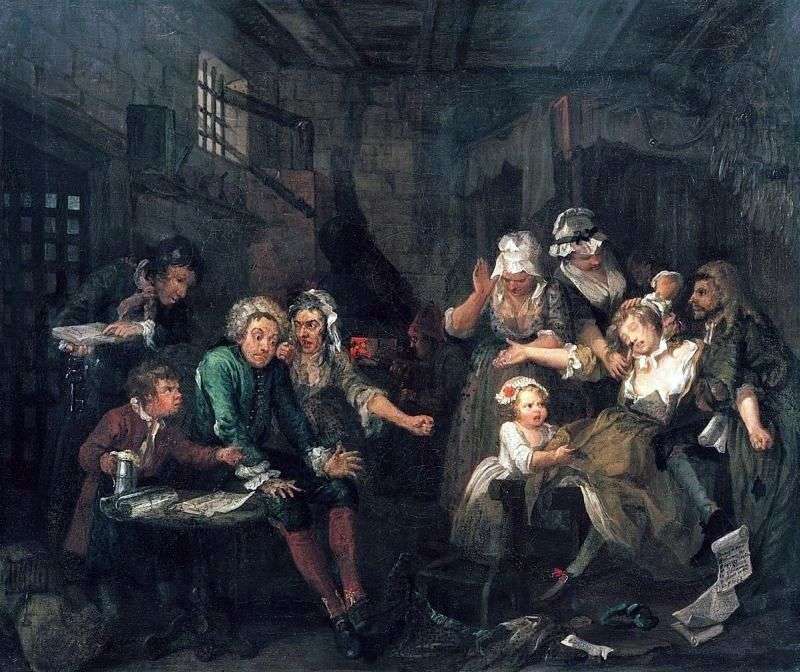
This is the seventh engraving from the Hogartha series “Career Mota”. The artist sends his heroes to the famous London prison prison Fleet, which once sat his father and where,
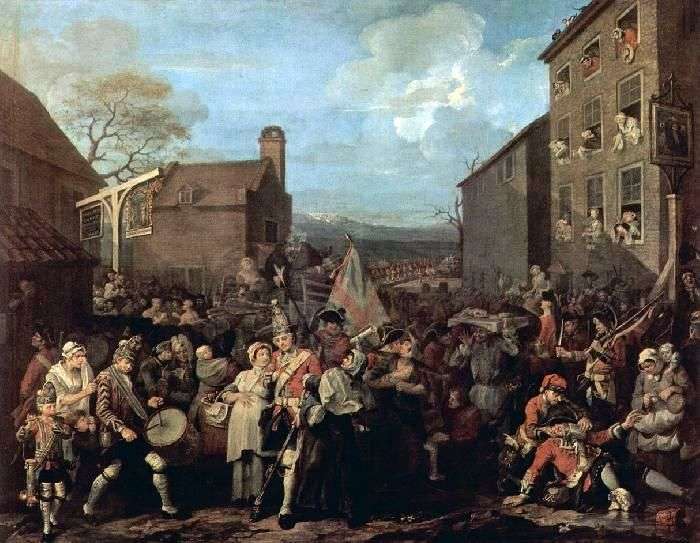
Here Hogarth addresses the events of recent history. In 1745, the Jacobite supporters – the Catholic party, who wished to restore the rule of the Stuart dynasty – began an
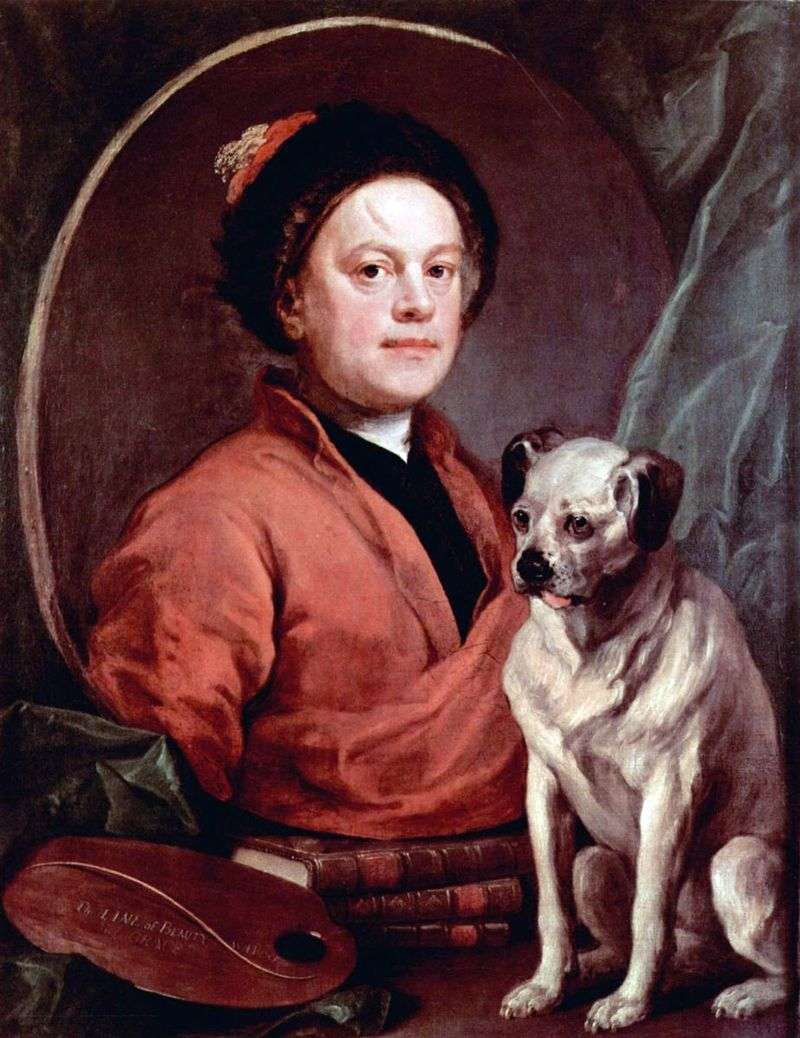
Often a self-portrait of an artist fulfills the function of a manifesto, which declares the author’s artistic program. Here Hogarth used a common baroque reception, framing his image with an
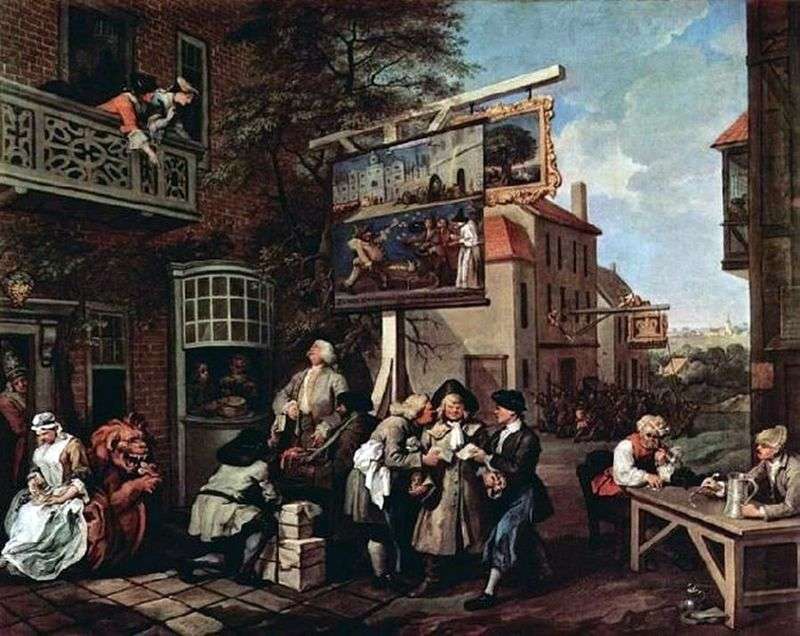
Bribery of votes. From the series “Elections to Parliament” [1754-58] In the series “Elections”, to which the “Bribery of votes” belongs, there is obviously a contradiction that the beauty of
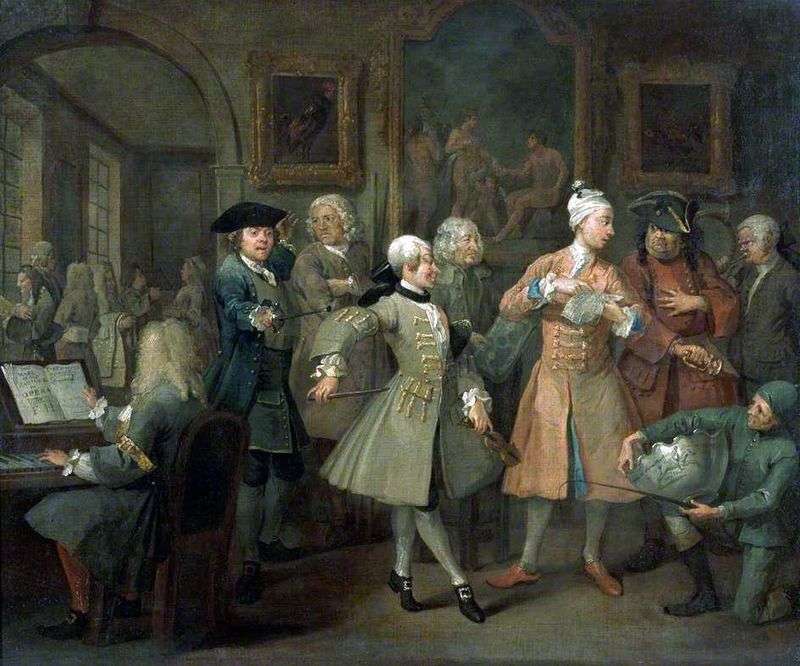
The series tells of a young man named Tom Rackwell who, after the death of his father, received a good inheritance, but did not use it wisely, and squandered in
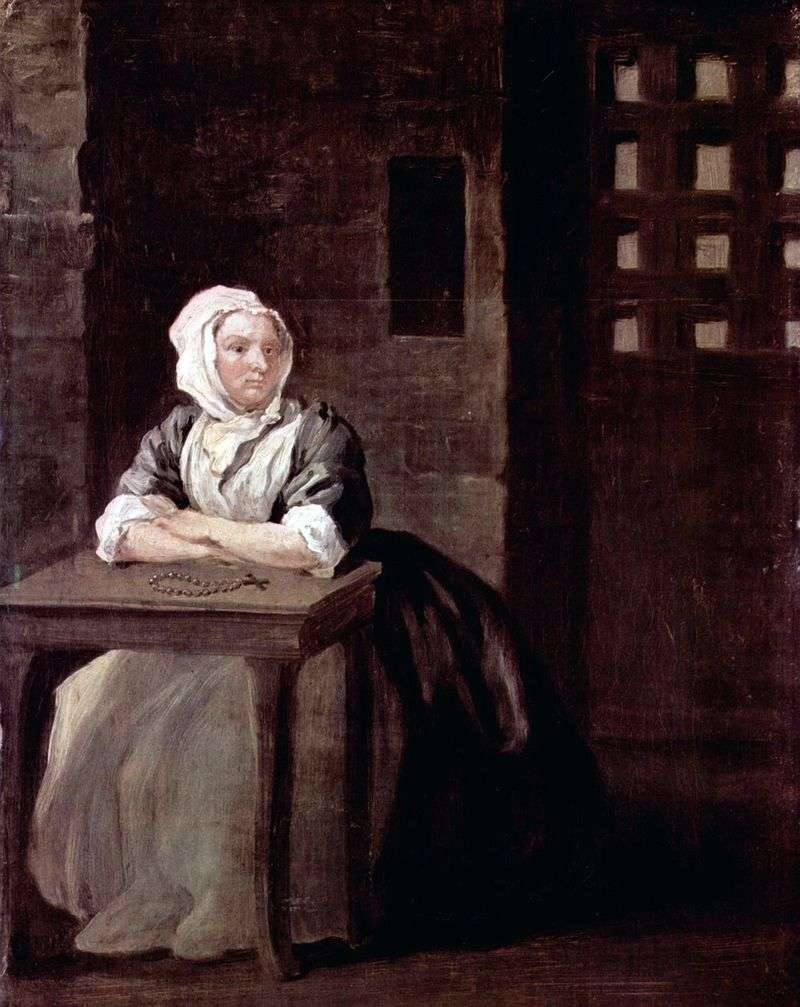
Hogarth became famous only because of satirical scenes, but his works also have tragic notes. The artist had the gift to feel the mood of the public and chose the
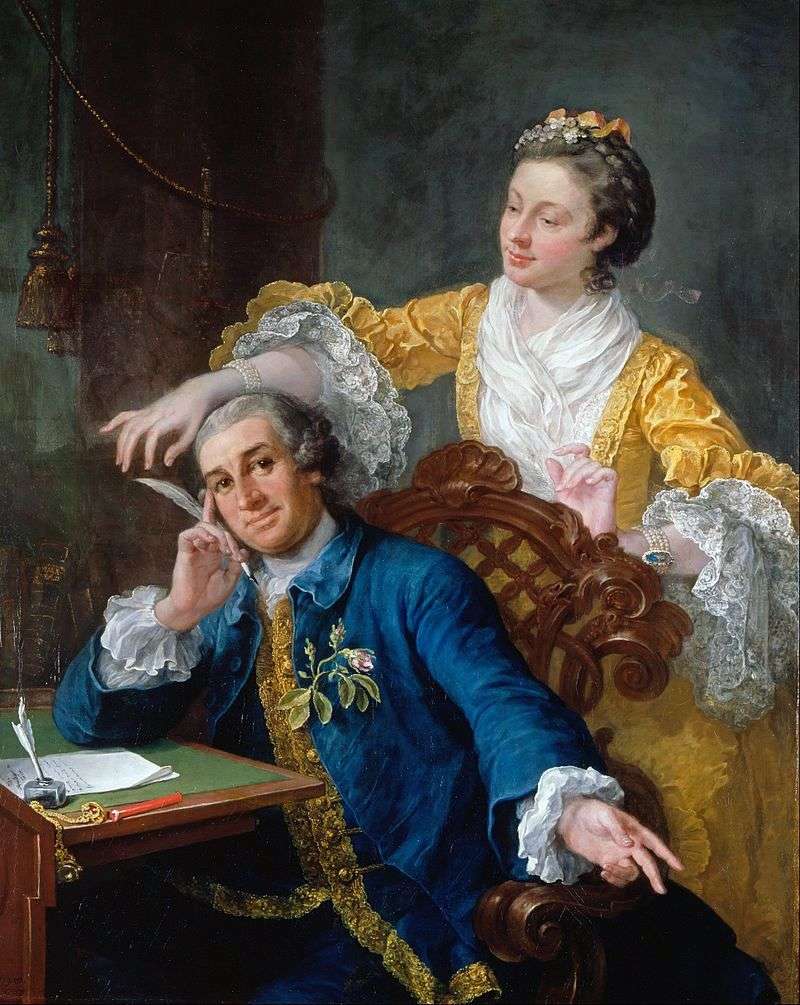
The famous actor David Garrick was a close friend of Hogarth. In the picture, Garrick sits at the table and, propping his head in his hand, ponders the prologue to
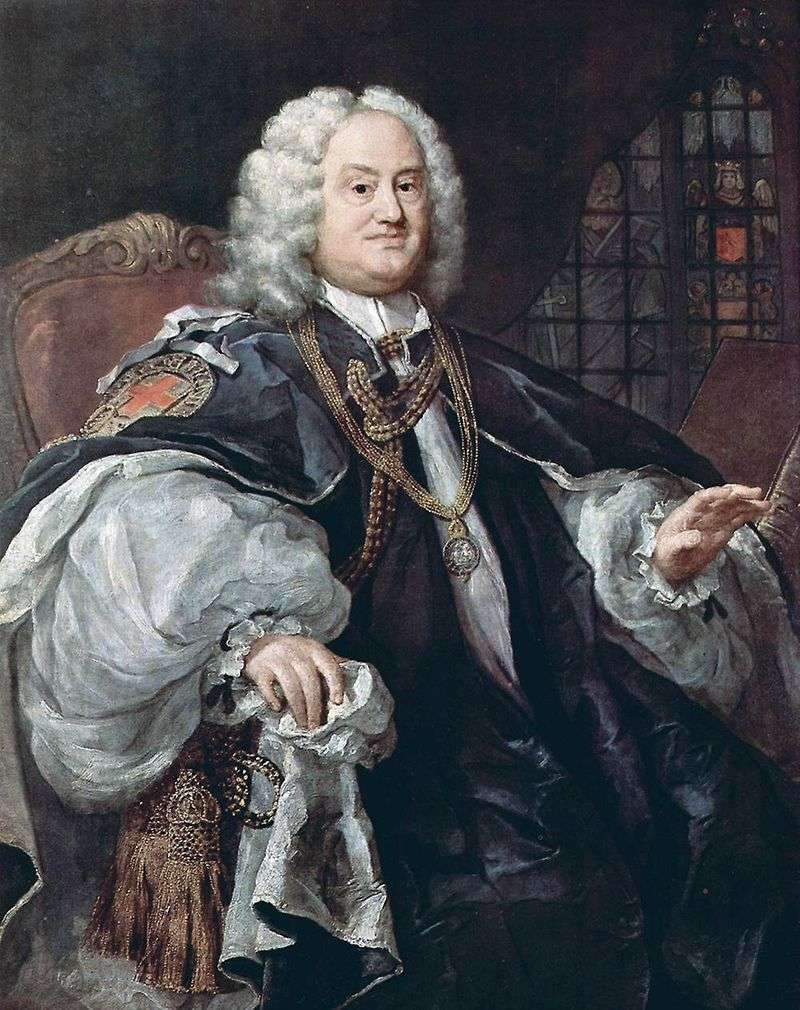
Benjamin Howdley, Bishop of Winchester, one of the most famous theologians of his time, was a friend and patron of Hogarth, the author of verse comments on his paintings. In

Hogarth was an ardent nationalist. This is reflected in the artist’s work. He disliked the French, always looked down on them and portrayed them as squires who, in order to

Hogarth. “Trendy marriage.” Soon after the wedding. Between 1743 and 1745 years. London. National Gallery. “Trendy marriage” – one of the most perfect satirical series Hogarth, consisting of six pictures.
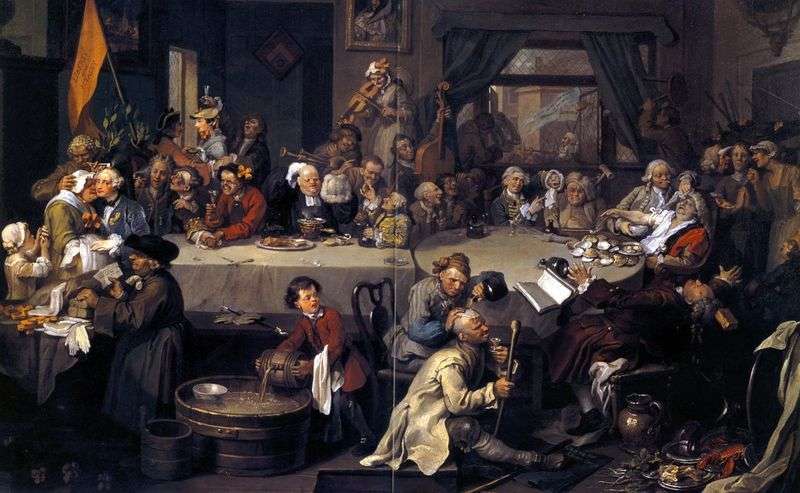
The series consists of four episodes, exposing the conduct of the election campaign: “Pre-election banquet”, “Recruitment of voters”, “Voting”, “Triumphant procession.” The works of this cycle are filled with a
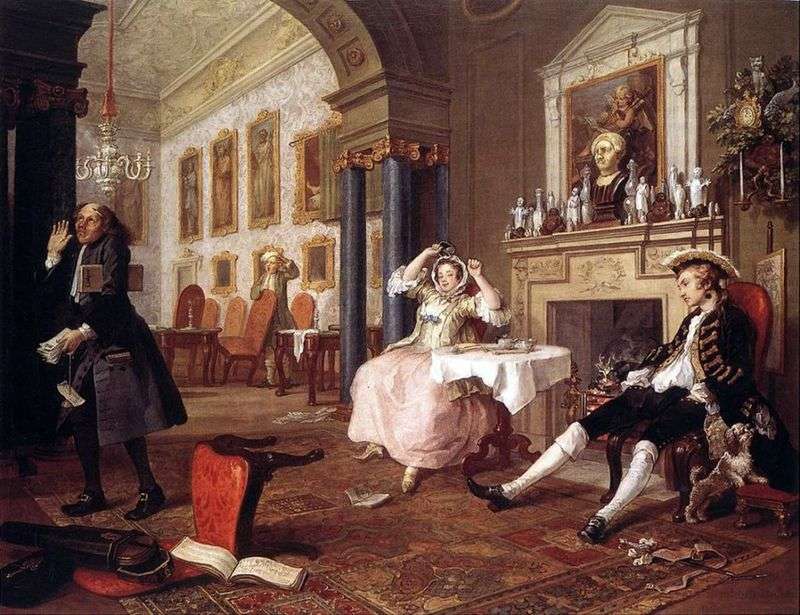
The second episode of the series is portrayed by the morning of the young, completely uninterested in each other. The suit of a freshly baked husband and his hat indicate
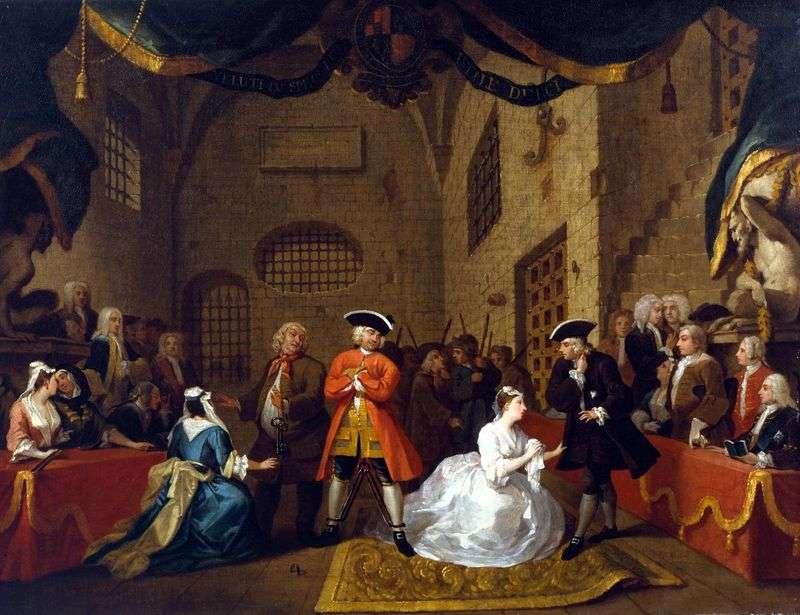
The painting depicts a scene from the comedy of John Gaia, a famous poet and playwright, whose story was prompted by Swift. The scandalous glory of the opera was connected
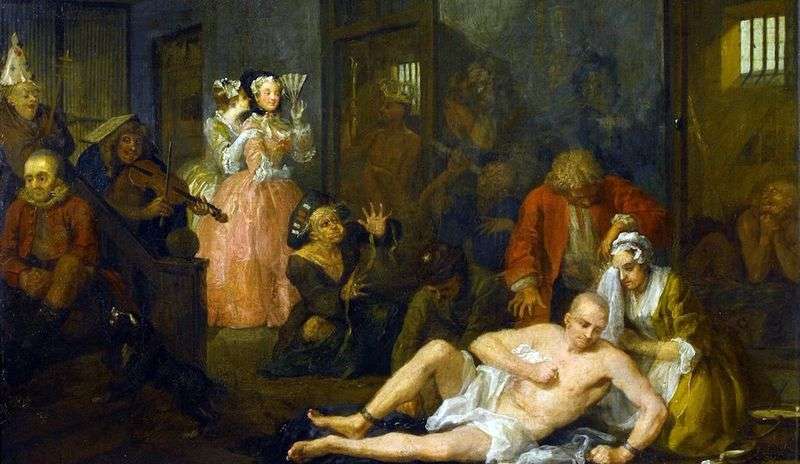
In the first half of the XVIII century. the development of English fine arts is very contradictory. Against the backdrop of a huge number of faceless imitators working in the
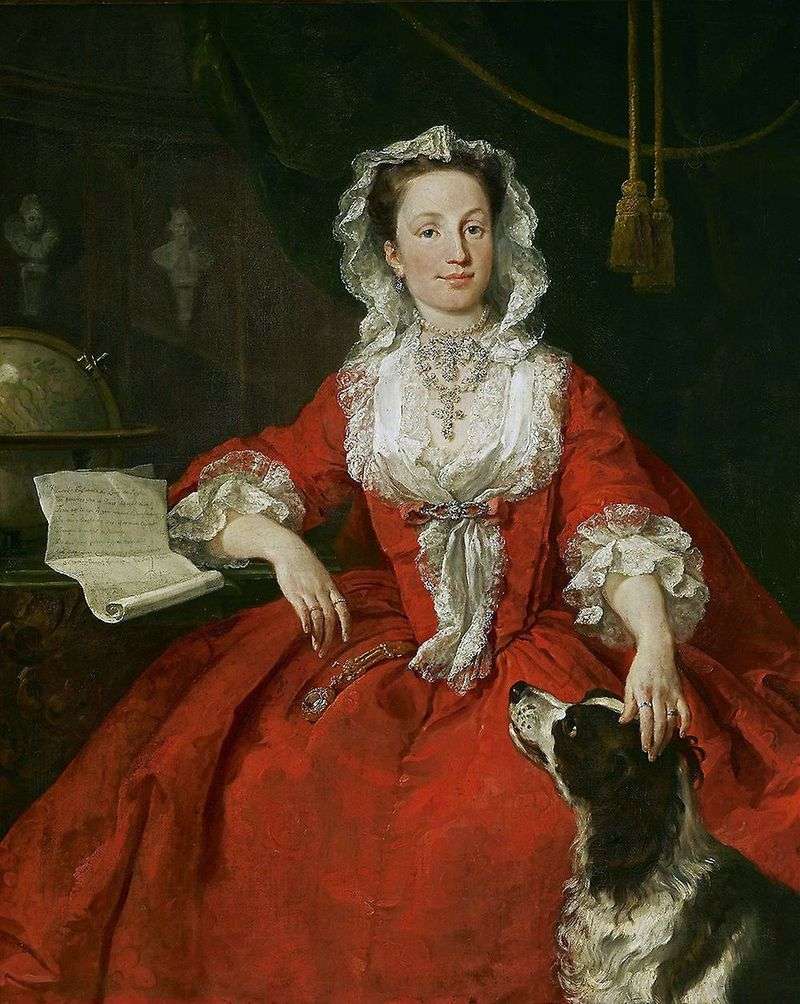
Hogarth also worked in the genre of portrait, showing an excellent technique and a subtle understanding of the psychology of models. Having created a whole portrait gallery for several years,
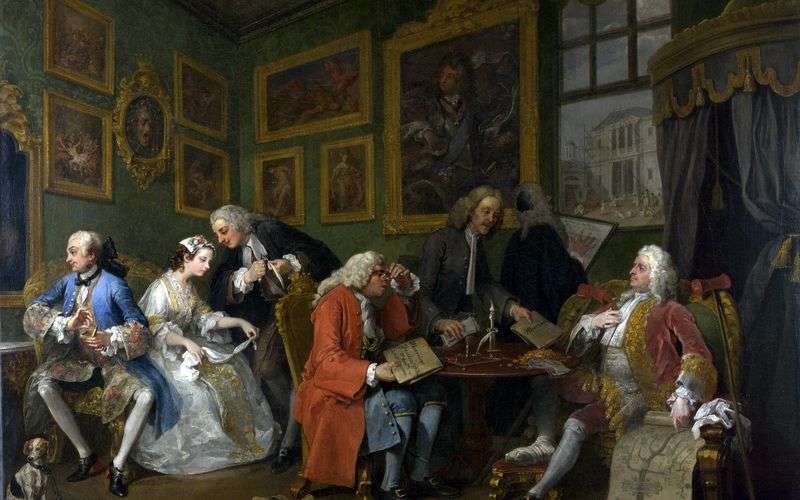
Great popularity was enjoyed by the Fashionable marriage series, in which the artist, with the thoroughness of the byt writer, told about the mores of his contemporary society. “Fashionable marriage”
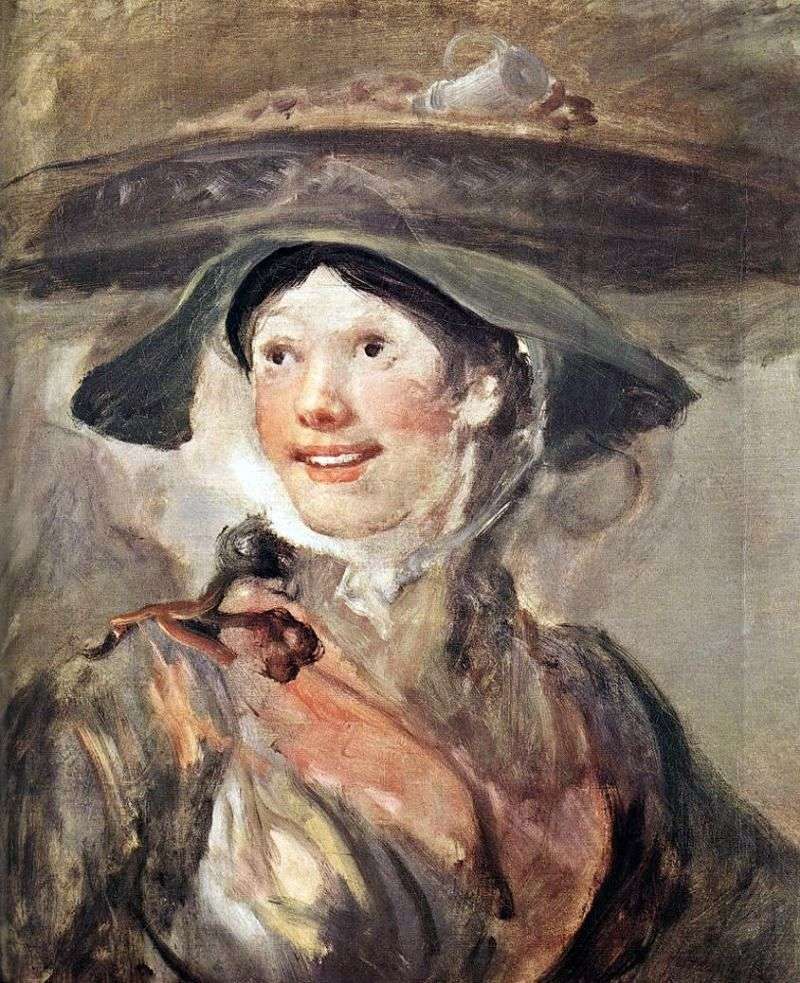
Of course, Hogarth did not limit himself to depicting satirical subjects. A girl with shrimps is one of the positive, life-affirming images, close to the characters of Frans Hals. This

This is one of the best genre portraits of Hogarth with four children, Daniel Graham, who was a pharmacist at the Royal Hospital in Chelsea. A genre portrait is considered